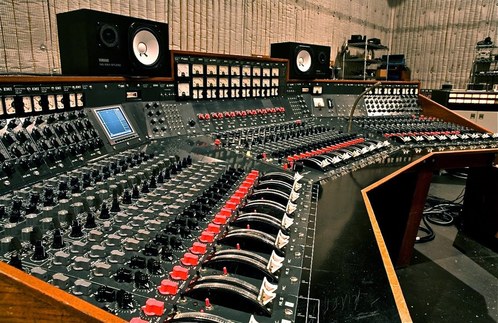IS IT REALLY THAT SIMPLE?These two steps will indeed radically improve your mixing. Whether in live sound or in recording, implementing these two simple things will be game changer. Yes, it really is simple. WHAT IS IT, WHAT IS IT?1. Make all instruments and voices as natural sounding as possible. For instance: Does that acoustic guitar sound just like what it would if you were sitting in front of it unamplified? This is THE test! DON'T MAKE EVERY INSTRUMENT AS BIG SOUNDING AS POSSIBLE, BUT RATHER MAKE IT AS NATURAL SOUNDING AS POSSIBLE! 2. Make sure you can hear EVERY instrument & voice clearly in the mix. If something is stepping on something else, or something gets lost in the mix, you aren't mixing up to your potential. It's that simple. No excuses. Don't settle for anything other than the best.
|
Do you like vintage recording gear and articles? You should visit our sister site: The Vintage Audio Portal!
**Advertise With Us! We have thousands of visitors a day. Contact us here to learn more.
Archives
August 2021
Categories |

